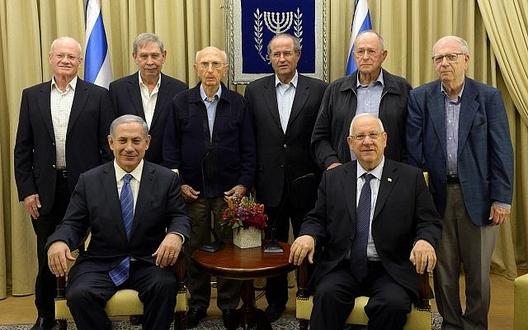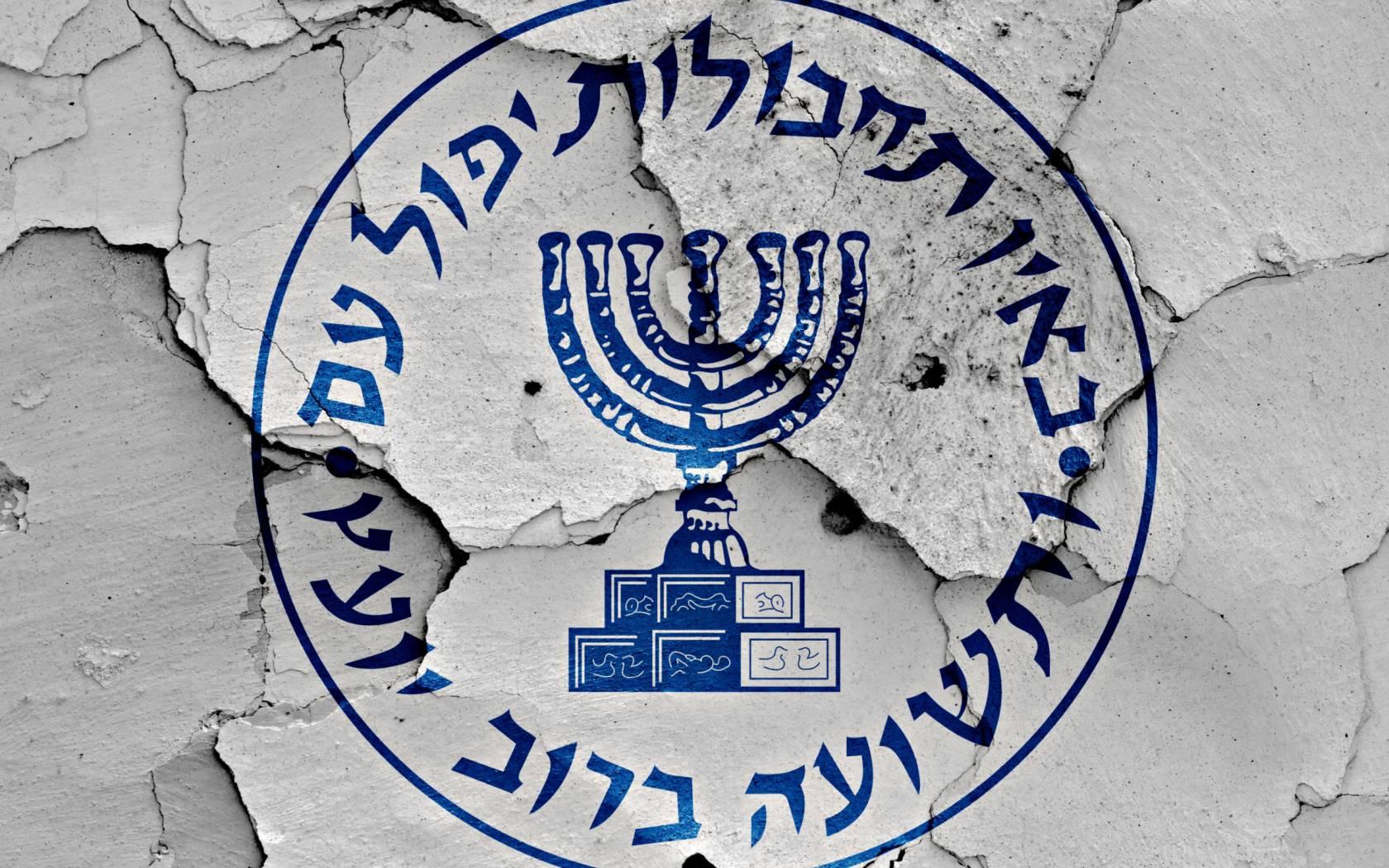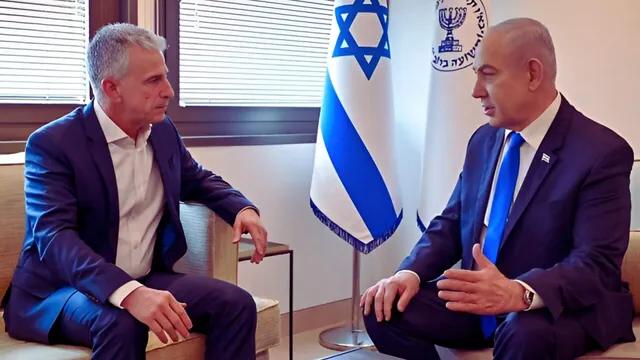exposing the Strategy Behind Targeting Iran’s Military Leaders
In a recent interview, a former senior official from the Israeli intelligence agency Mossad revealed insights into the calculated operations conducted against Iran’s military hierarchy. The strategy hinges on a combination of advanced intelligence gathering, psychological warfare, and precision strikes, aimed not only at neutralizing key figures but also at sowing distrust within Iran’s military apparatus. This multifaceted approach involves:
- Extensive Surveillance: Utilizing state-of-the-art technology to monitor movements and communications of high-value targets.
- infiltration: Deploying agents within Iranian military circles to gain actionable intelligence and assess vulnerabilities.
- Psychological Operations: Spreading disinformation to destabilize Iranian military morale and enhance paranoia among leaders.
- Targeted Strikes: Executing high-stakes operations that emphasize minimal collateral damage, ensuring precision while maximizing impact.
The former official emphasized that the elimination of these key military leaders is not merely about reducing immediate threats; it is indeed also a strategic move designed to create a ripple effect of uncertainty that hinders Iran’s long-term military ambitions. By decimating the top echelon, Israel hopes to destabilize the command structure, leading to operational inefficiencies and potential rifts within the ranks. This calculated disruption aims to fortify Israel’s own national security while sending a powerful message to other regional adversaries.

Inside the Mossad Operations: Techniques and Technologies Used
The seamless execution of operations attributed to Israel’s intelligence agency often hinges on a blend of sophisticated techniques and advanced technologies. Surveillance plays a pivotal role in these missions,utilizing both human informants and cutting-edge electronic monitoring systems. While on-the-ground operatives gather critical details about targets’ movements and habits, satellite and drone reconnaissance provides real-time imagery to support decision-making. The agency’s use of cyber capabilities has also expanded, enabling them to infiltrate networks and gather intelligence wiht unprecedented precision. This dual approach of human intelligence (HUMINT) and signals intelligence (SIGINT) has proven effective in pinpointing high-profile military figures, such as those within Iran’s elite forces.To execute a accomplished elimination mission, the Mossad often employs covert tactics that minimize direct exposure. These may include the deployment of misdirection techniques to create diversions, as well as the use of sophisticated weaponry that ensures a clean operation. Disguises and advanced communications gear are standard among operatives to blend into environments while coordinating actions across teams. Furthermore, timing is crucial; operations are frequently planned around specific events or conditions to reduce the likelihood of discovery. With a storied history that has evolved alongside technological advancements, the mossad remains a formidable entity capable of executing highly complex operations that can reshape geopolitical landscapes.**

Impact on Regional Security: Israel’s Tactical Advantage
The recent elimination of key Iranian military figures has substantially altered the strategic landscape of the region, bolstering israel’s position and sending shockwaves through its adversaries. This move has not only weakened Iran’s military capabilities but also instilled a sense of uncertainty among its allies in the region. Israel’s ability to execute such operations reflects its advanced intelligence capabilities and tactical flexibility,enabling it to respond decisively to perceived threats. By targeting high-ranking officials, israel disrupts the operational continuity of Iranian military strategies, causing ripple effects throughout Iran’s influence networks across the Middle East.
The implications extend beyond immediate military advantages, as these actions also serve to enhance Israel’s diplomatic leverage. Key factors contributing to its increased tactical advantage include:
- Advanced Intelligence Infrastructure: Israel’s sophisticated intelligence gathering allows for preemptive action against emerging threats.
- Strategic Deterrence: The elimination of major military leaders sends a strong message, dissuading further aggressive actions from adversaries.
- Regional Partnerships: Strengthening alliances with nations wary of Iran bolsters a unified front against potential aggression.
Such developments compel regional actors to reassess their military postures and alliances,highlighting the shifting dynamics of power in the Middle East and positioning Israel as a formidable player in the ongoing geopolitical chess game.
Future Implications: Recommendations for Intelligence and Counterterrorism Approaches
As intelligence and counterterrorism strategies evolve, learning from Israel’s operational tactics against Iran’s military leaders can provide crucial insights. an effective approach would involve enhancing collaboration among international intelligence agencies to facilitate information sharing and streamline operations. Key recommendations include:
- Investing in advanced technological capabilities, such as AI-driven analytics,to predict and preempt potential threats before they materialize.
- Establishing dedicated task forces that focus on specific threats, ensuring rapid response capabilities to neutralize high-value targets.
- Engaging in psychological operations that can weaken enemy morale and create divisions within their ranks, thereby reducing the likelihood of organized retaliatory actions.
Moreover, it’s essential to prioritize the training and development of personnel specialized in covert operations, leveraging unconventional tactics that have proven successful. Other areas of focus should include:
- Deepening partnerships with regional allies who possess local insights and intelligence about potential threats.
- Promoting continuous professional development programs for intelligence operatives, ensuring they stay ahead of evolving methodologies used by adversaries.
- Implementing robust cyber capabilities to safeguard against attacks while concurrently leveraging cyber intelligence for offensive operations.
